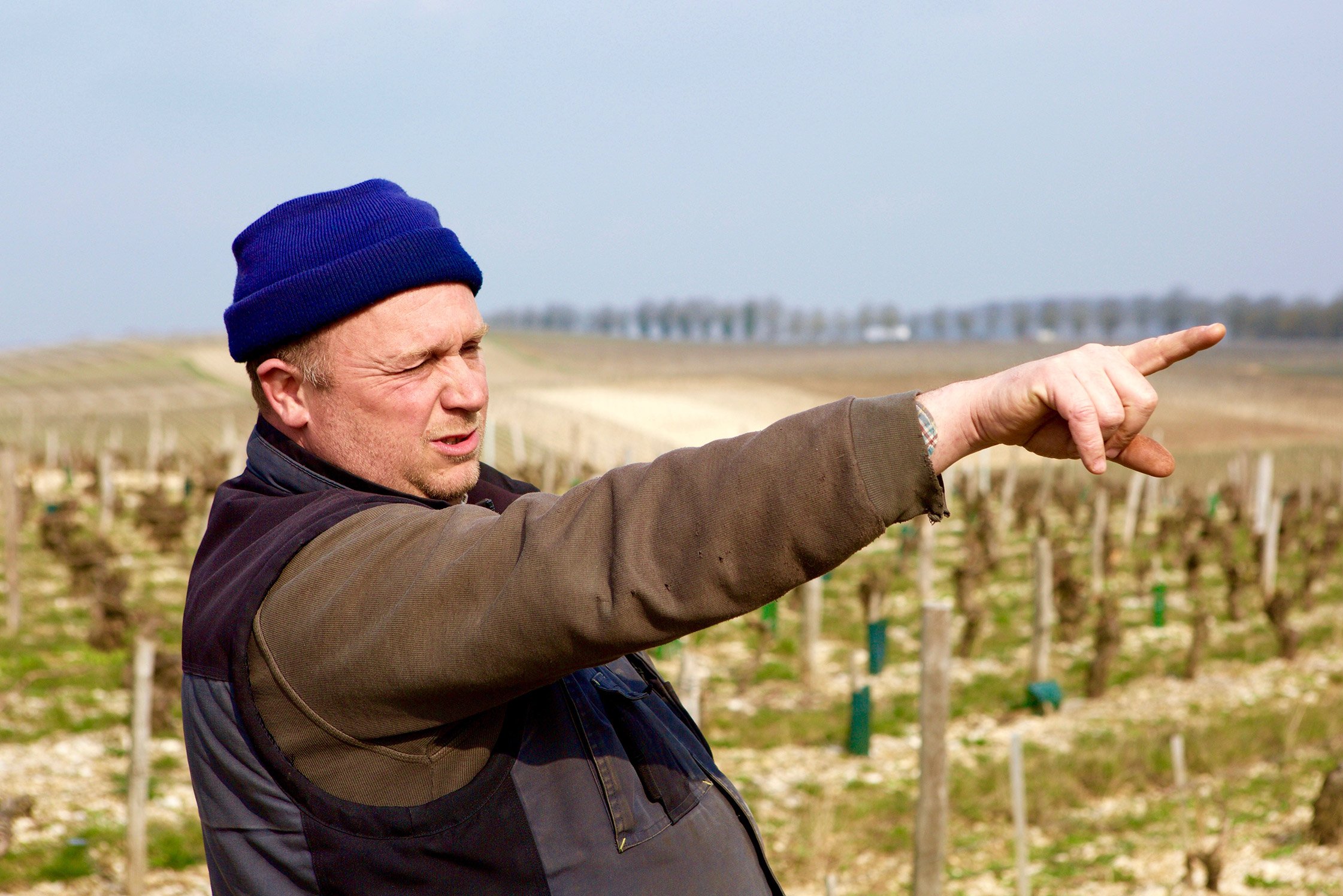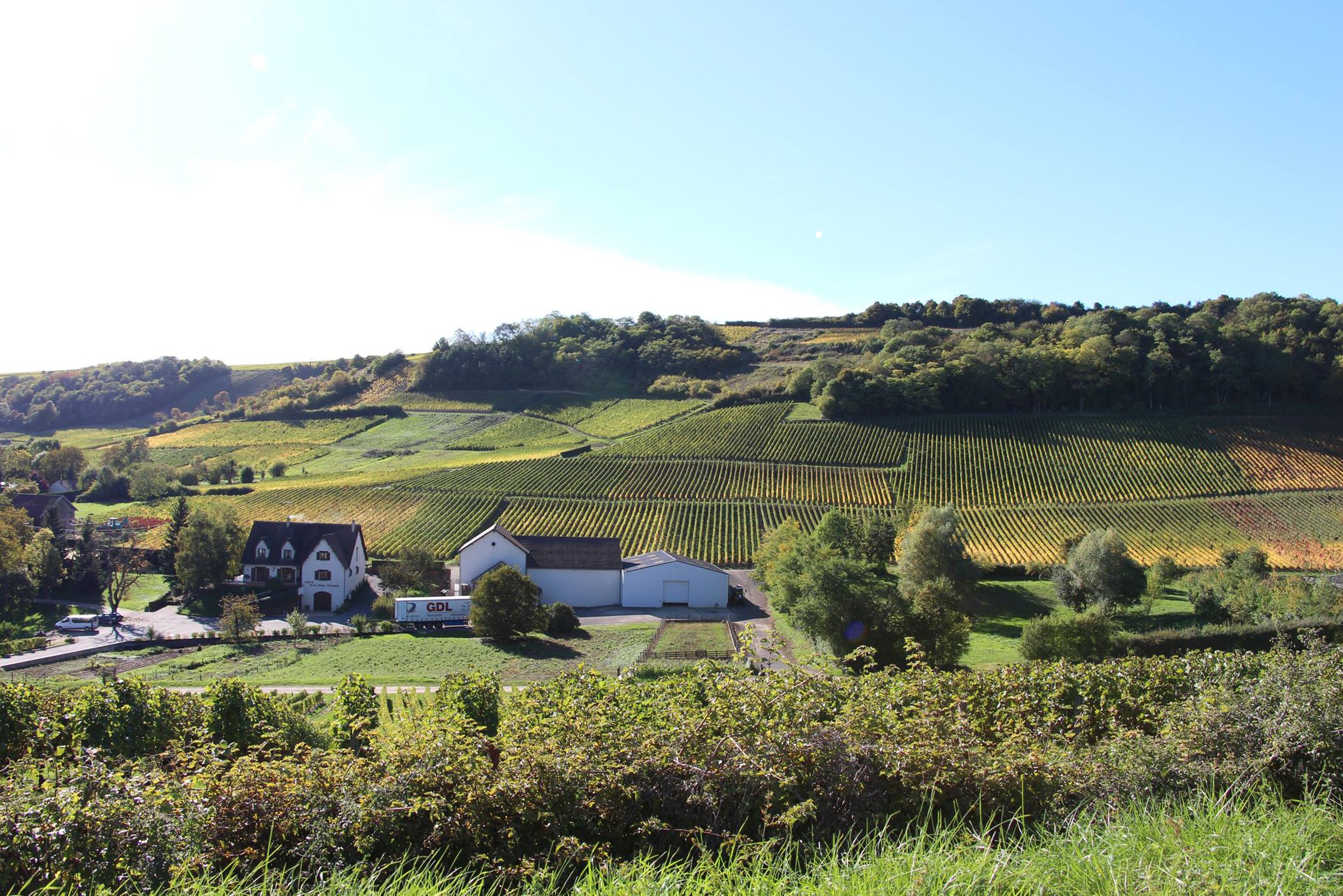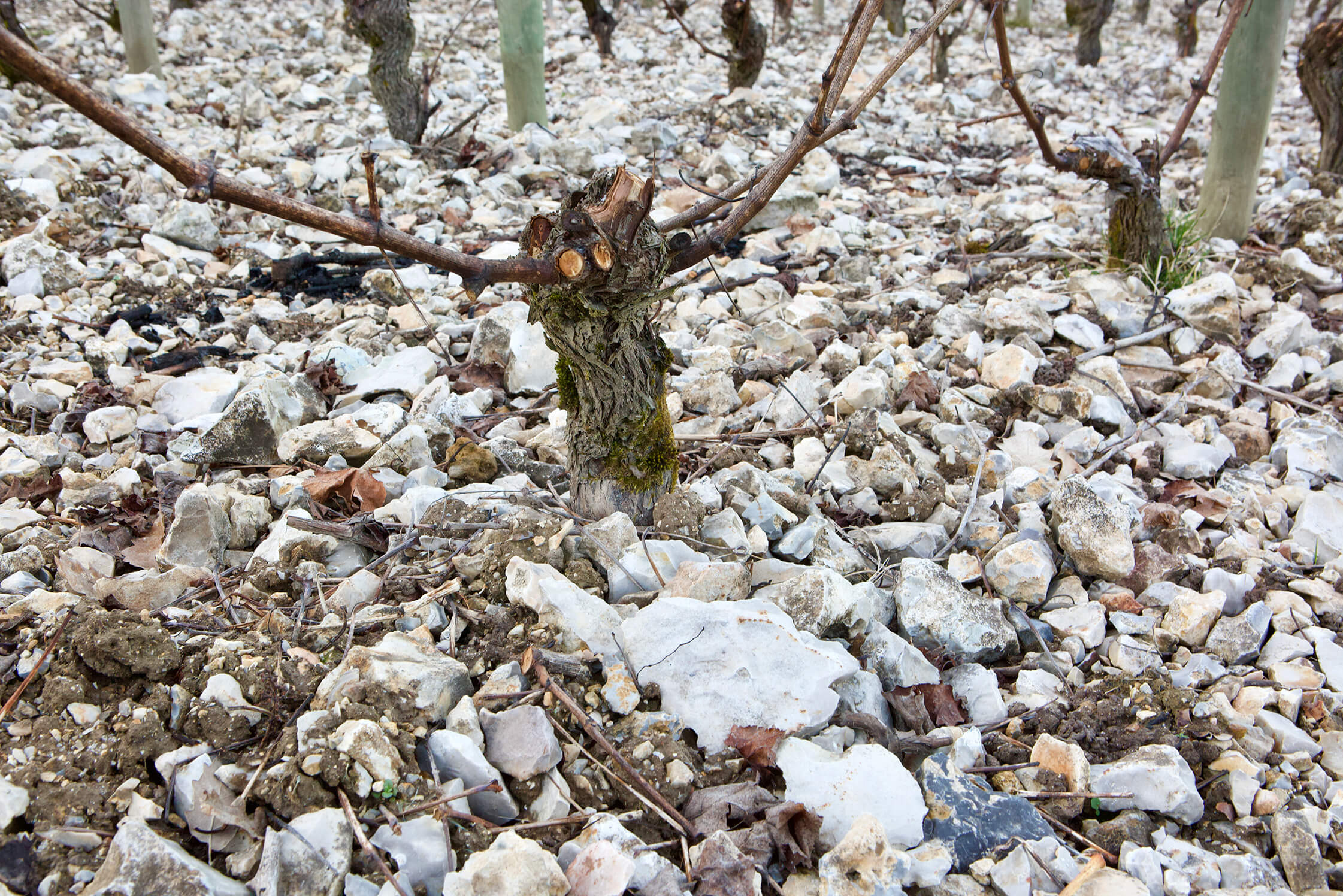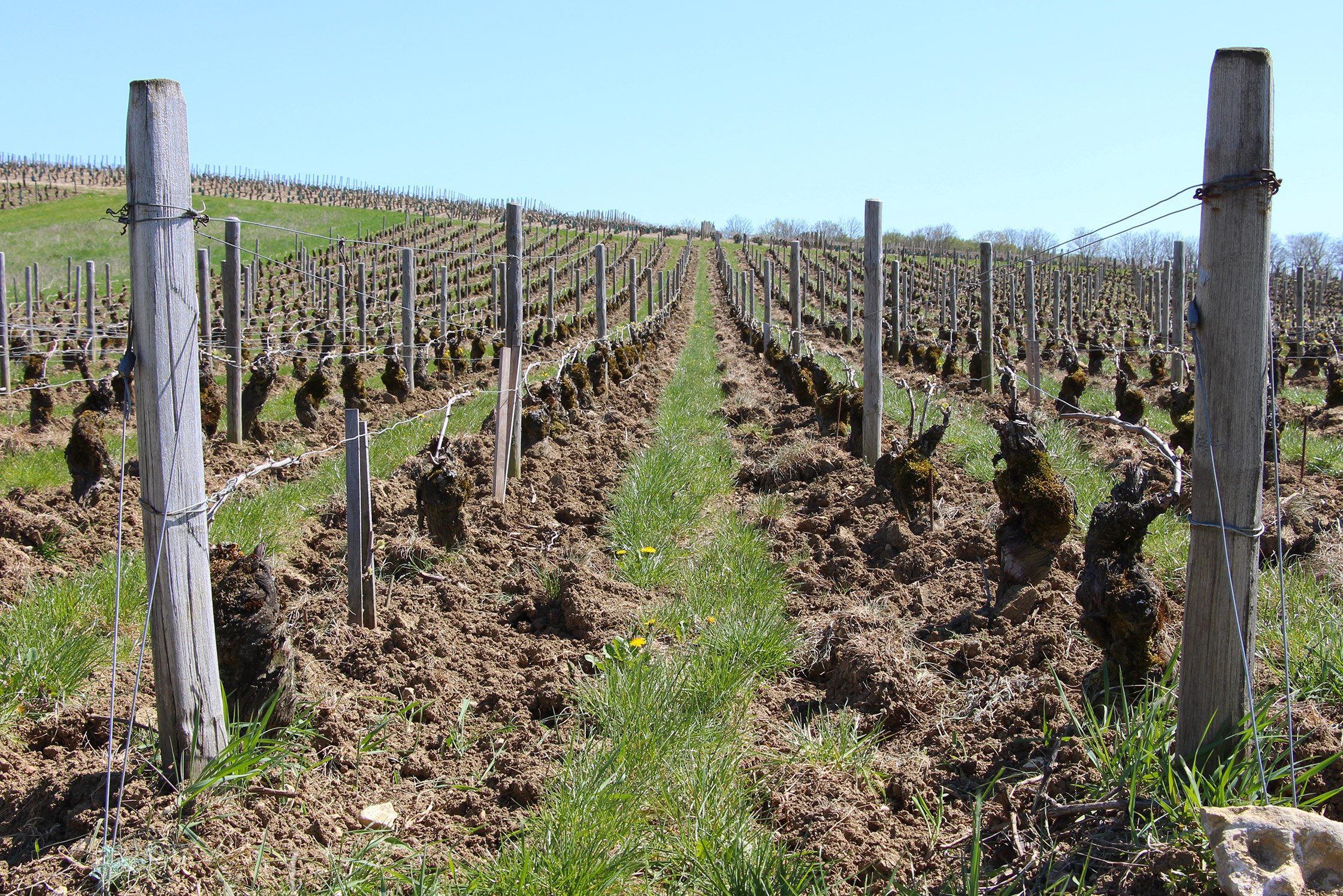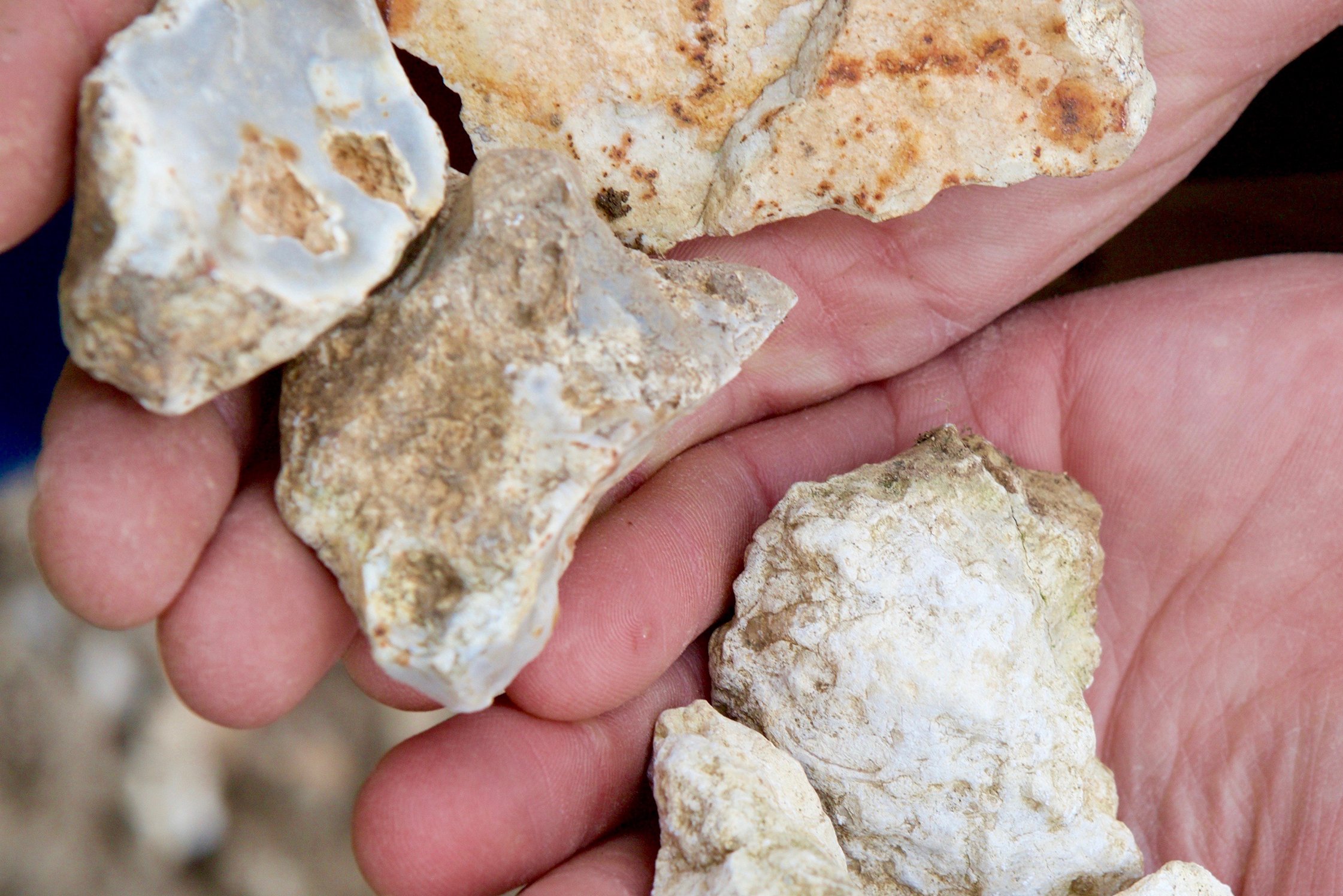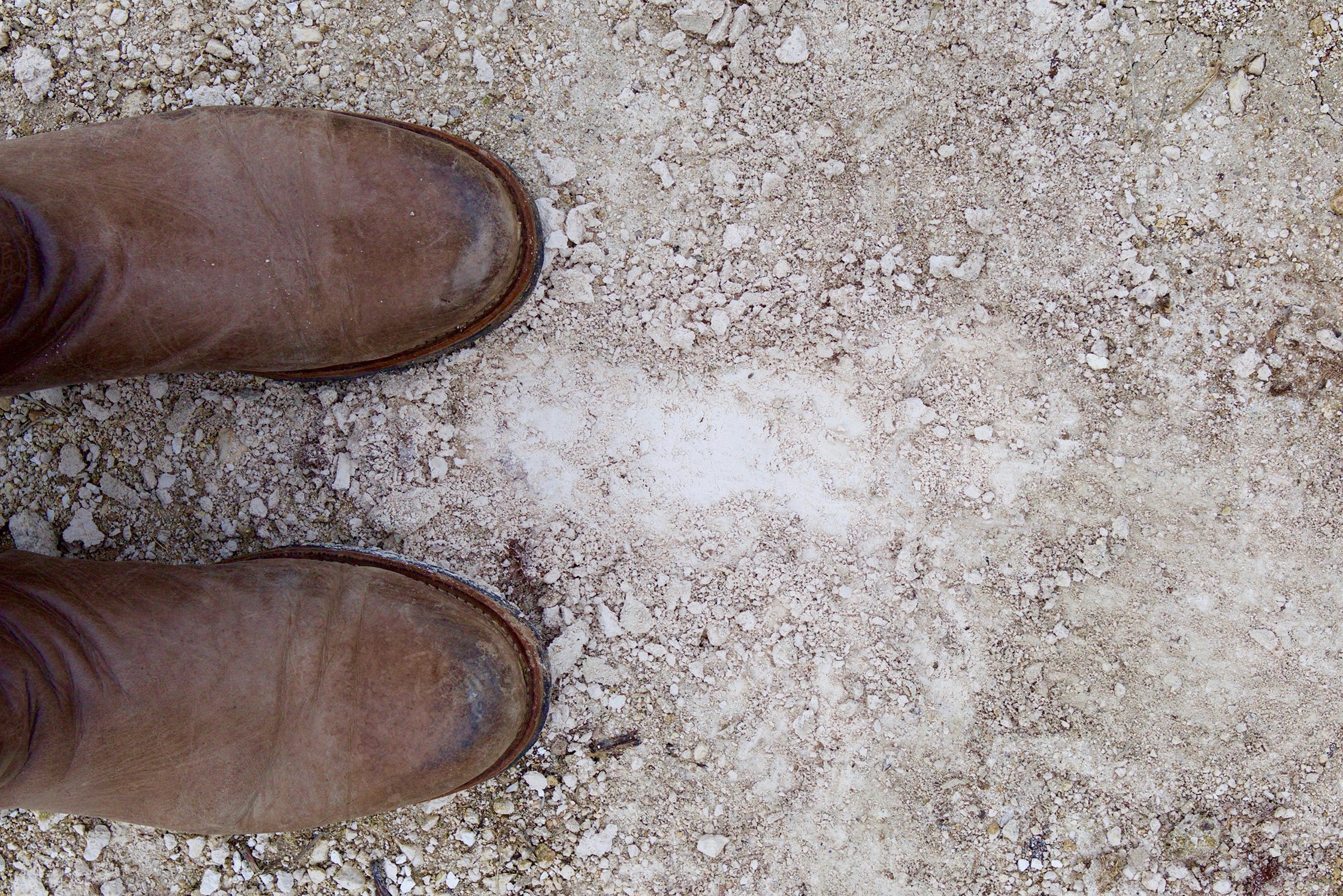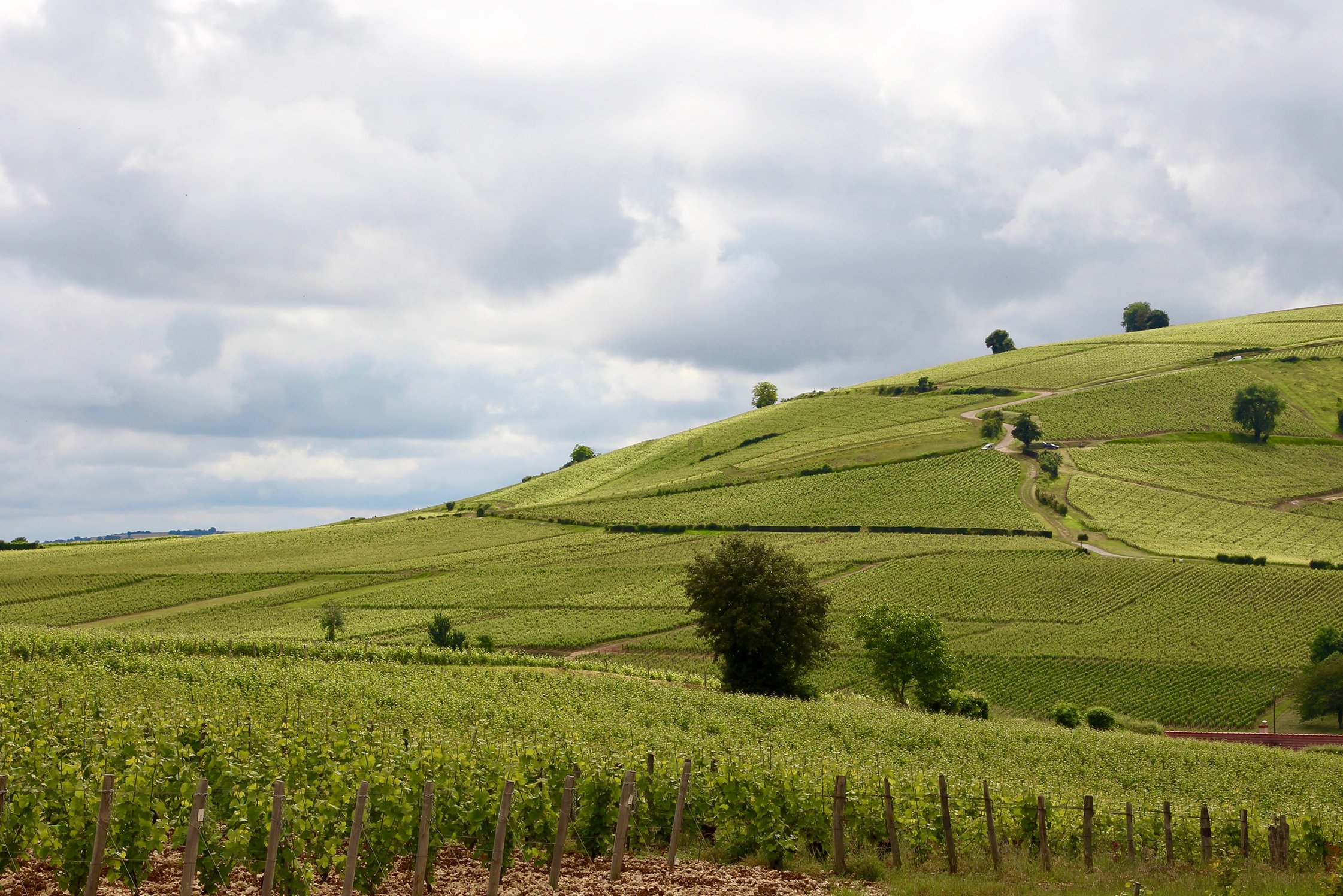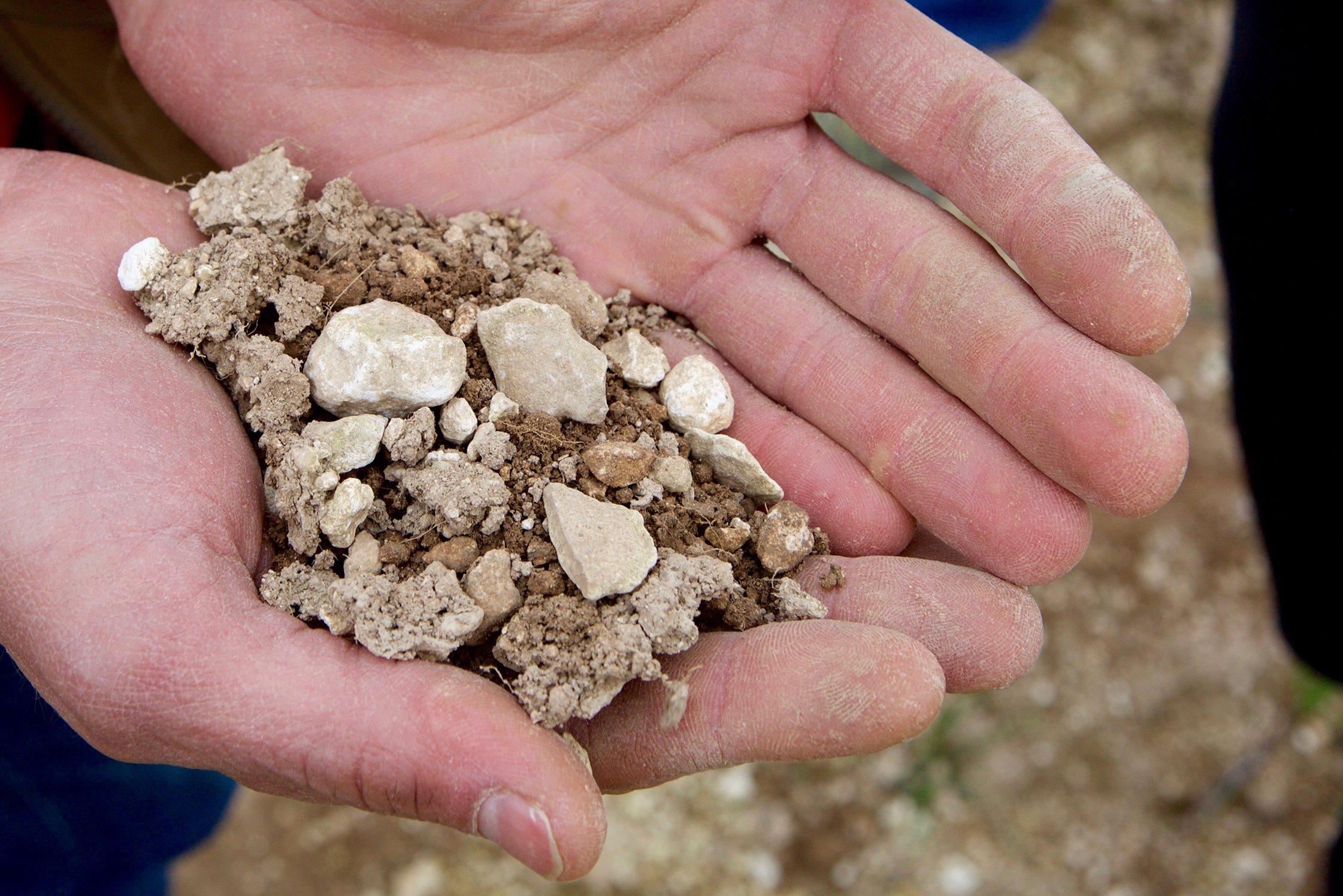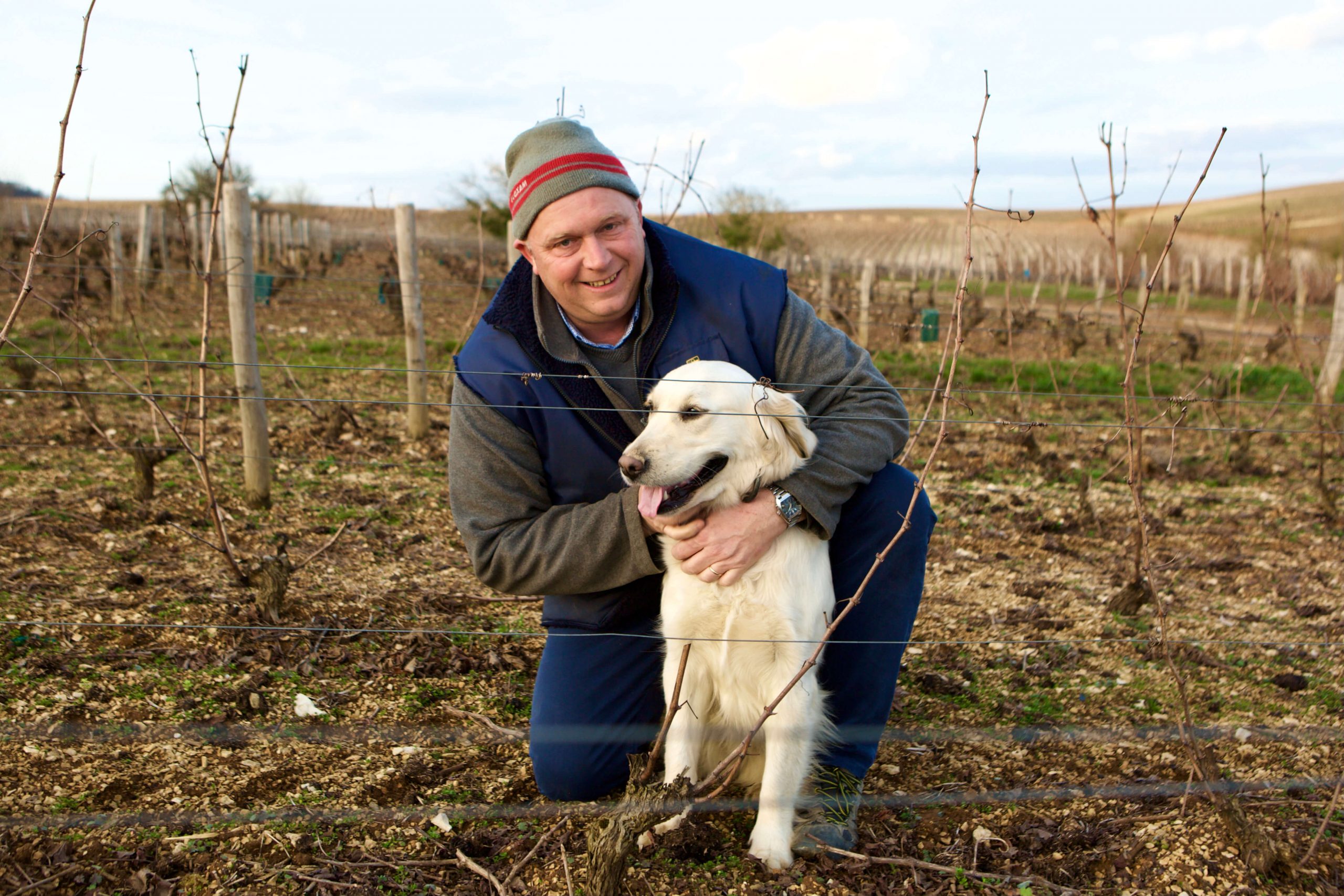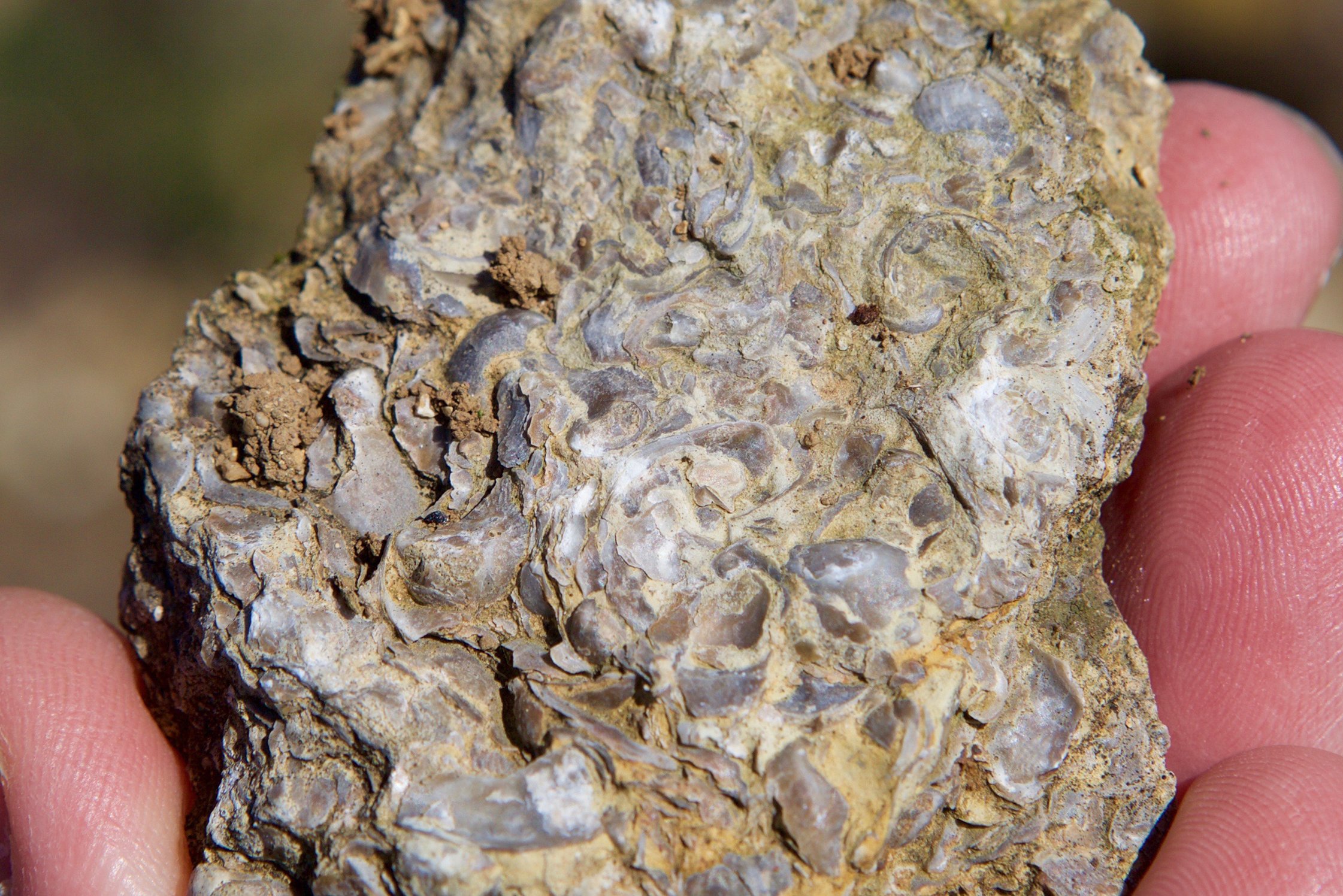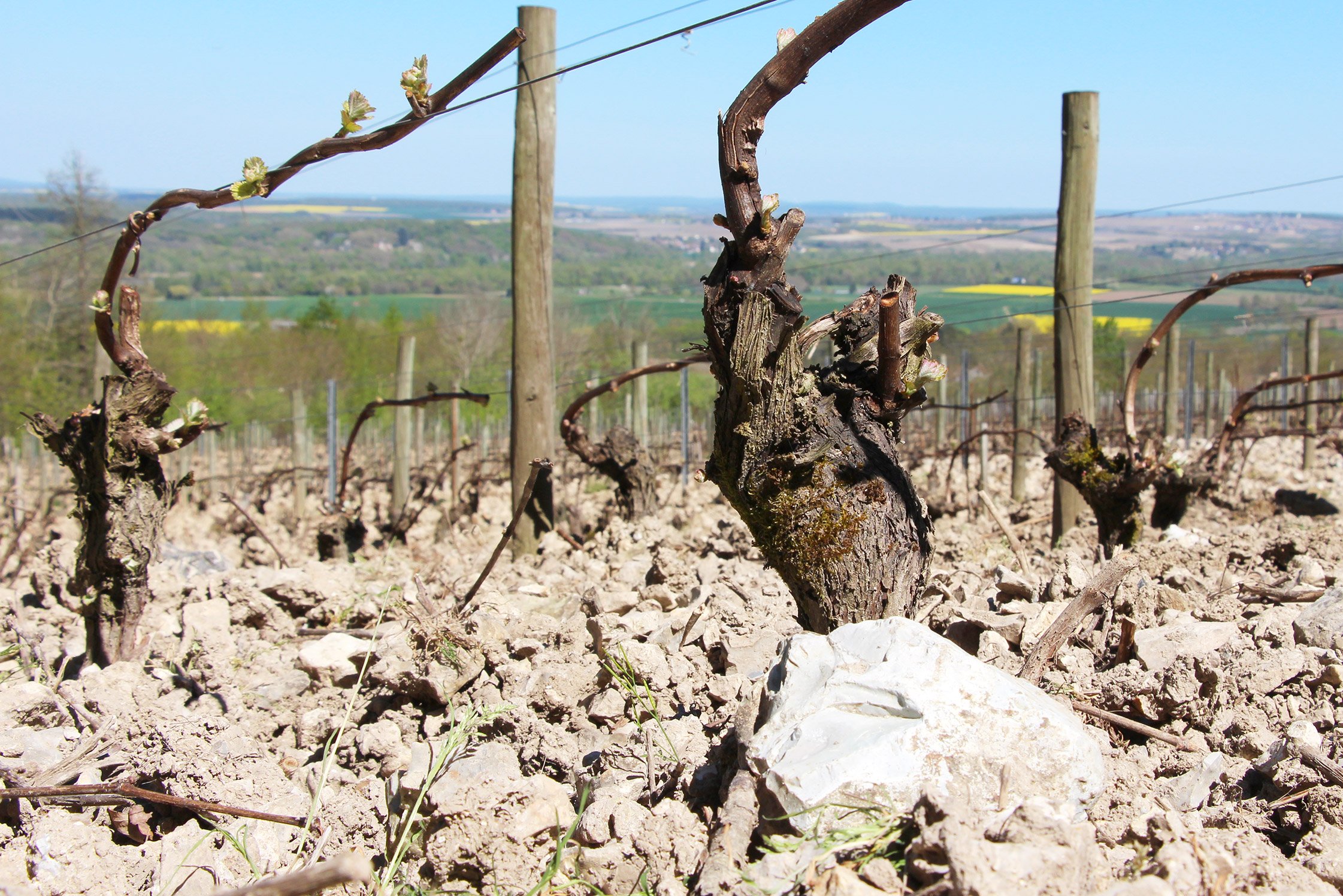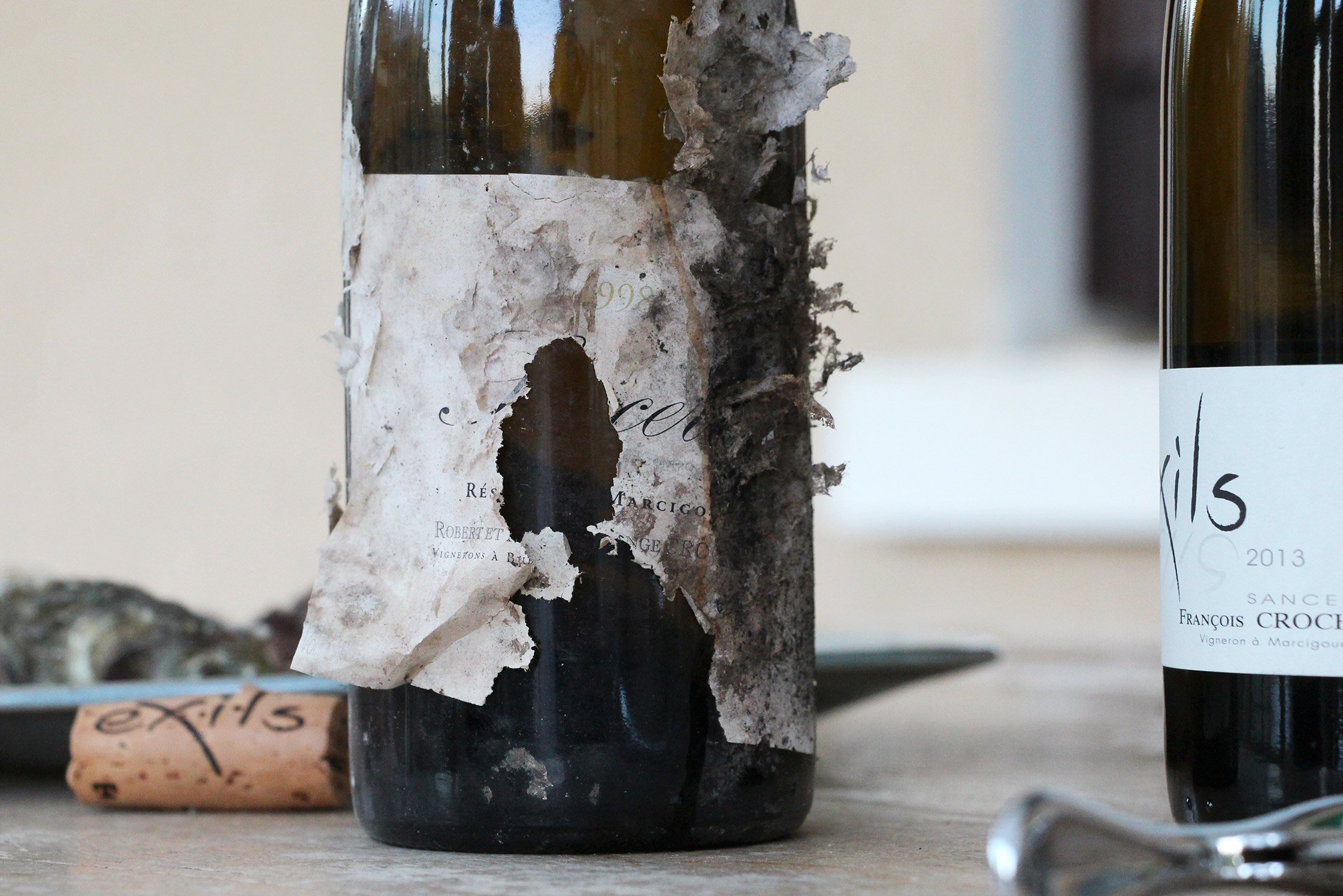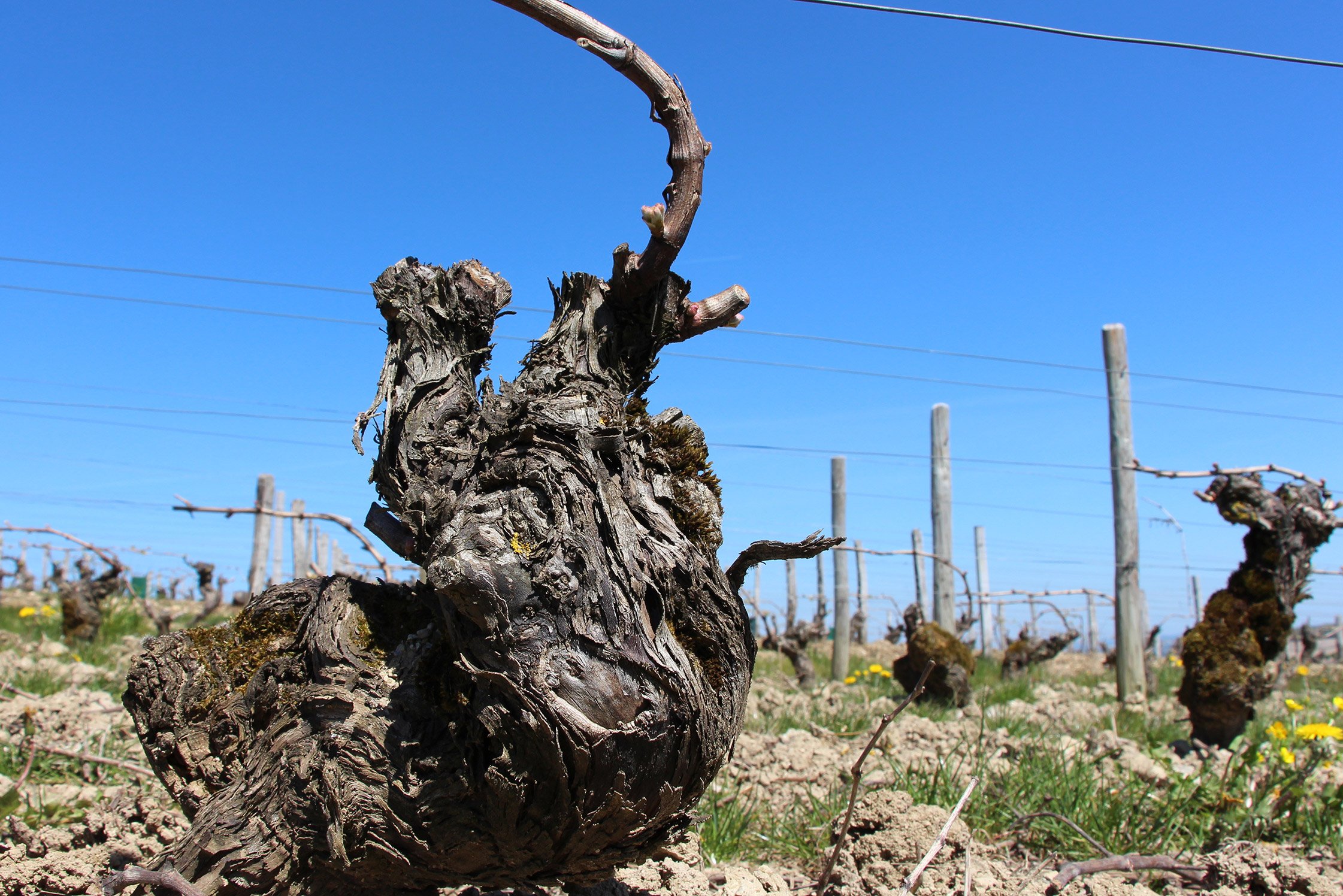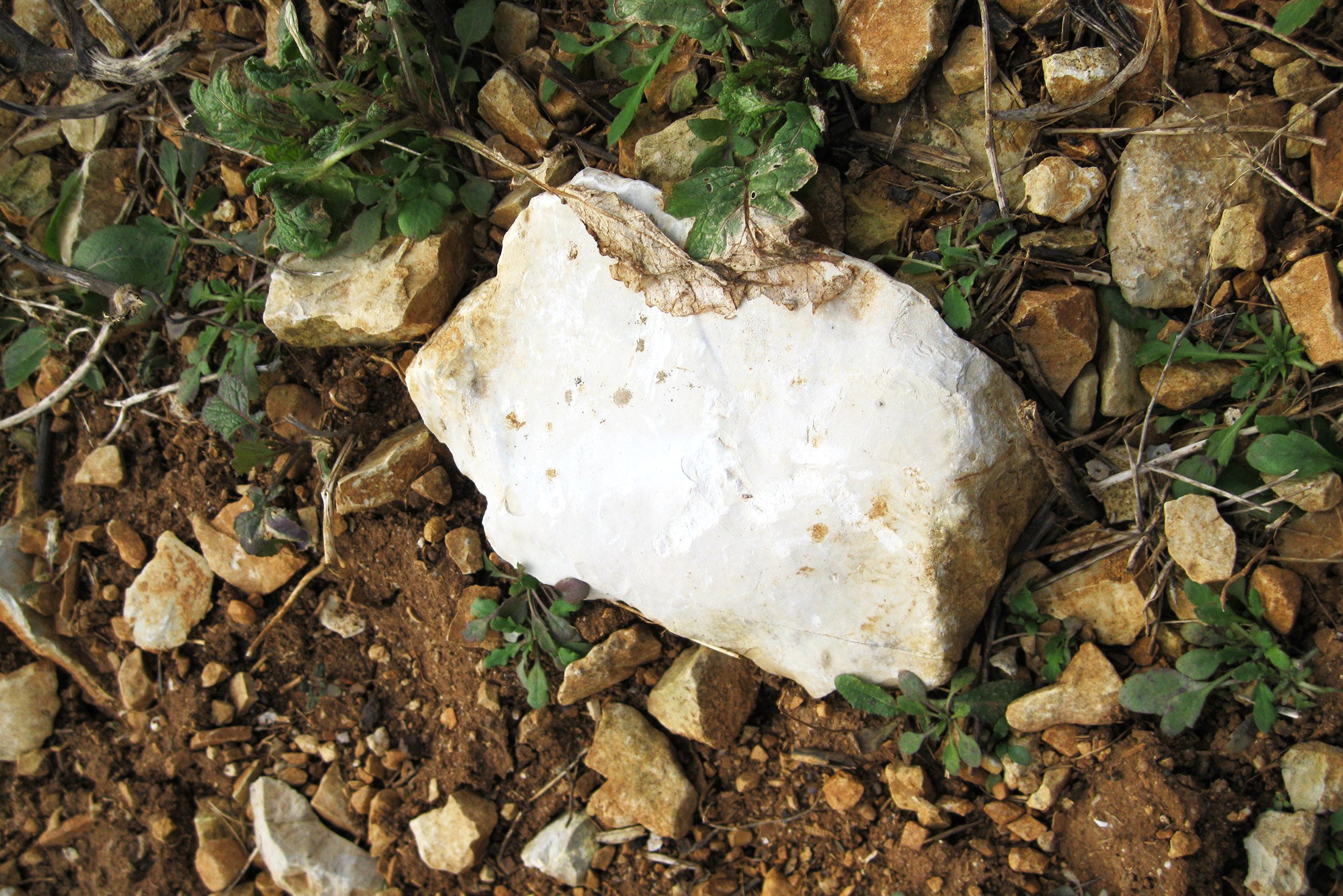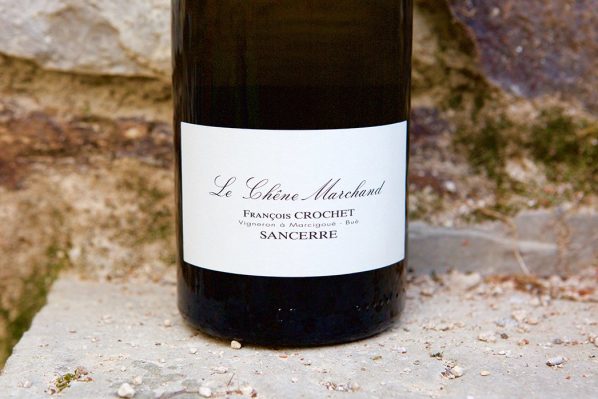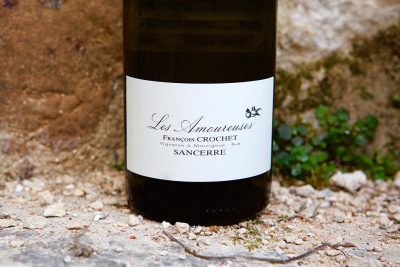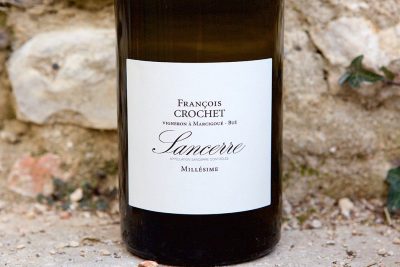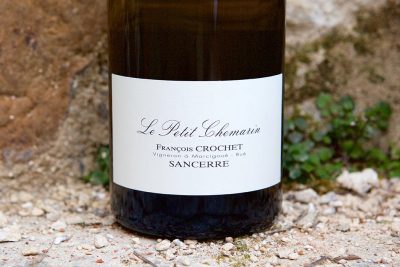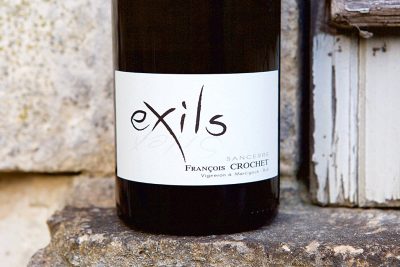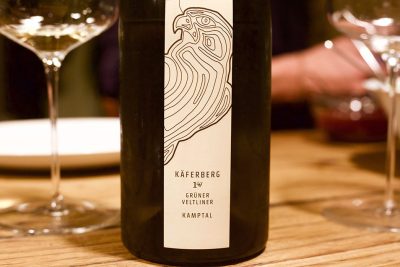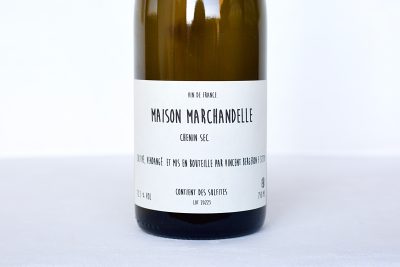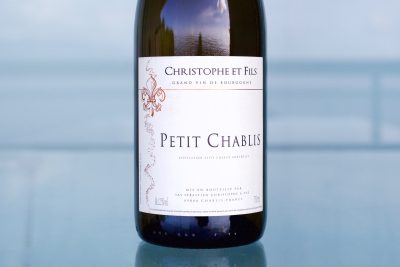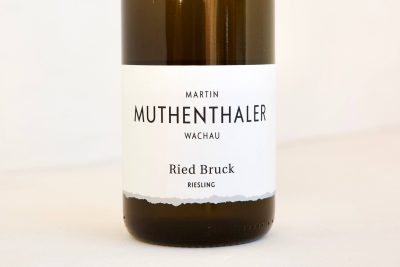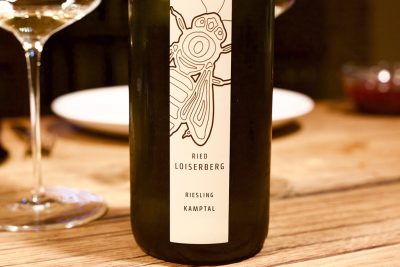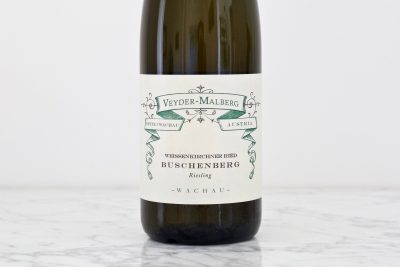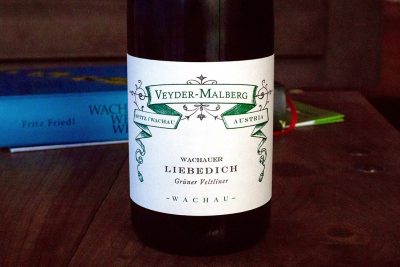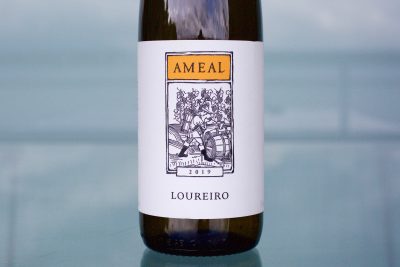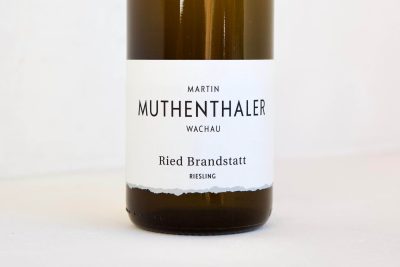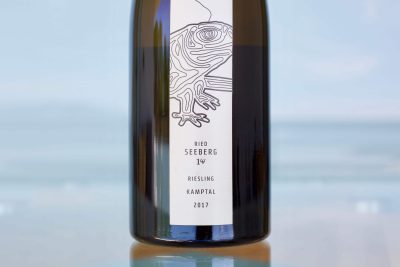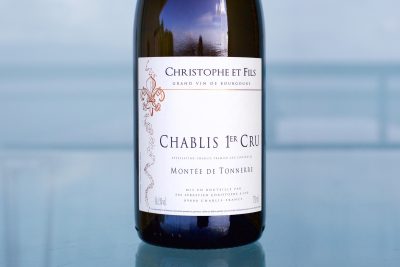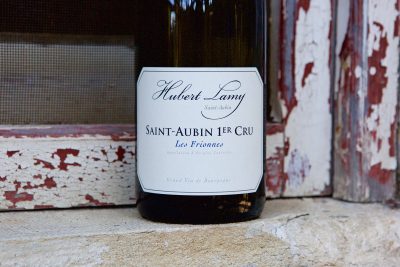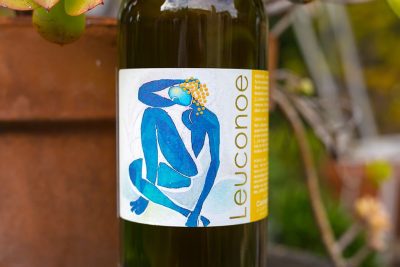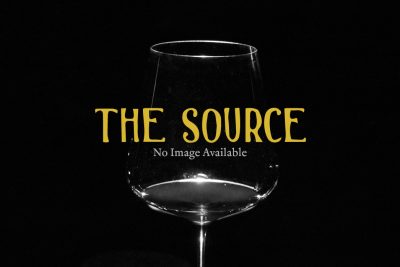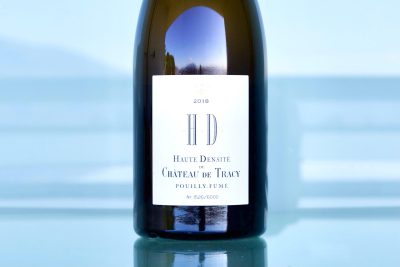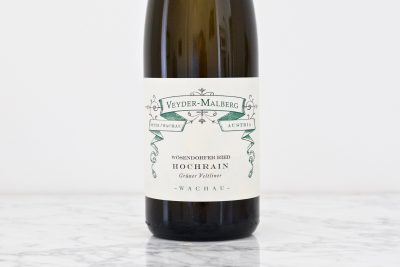About The Wine
If there were ever a hierarchical classification of Sancerre, there is no doubt that Le Chêne Marchands would share the top spot with but a few others. Straight out of the bottle it’s polished and exhibits a complex range of aristocratic mineral notes, friendly but taut citrus and white stone fruits, sweet herbs, fresh grasses with an immense amount of purity and laser-sharp focus. Sometimes Le Chêne Marchands seems almost too multi-dimensional, too good at everything. But with every swirl and sip another intriguing layer of aroma and taste springs from the glass. The soils are what start this stunning wine on its course; its forty-year-old vines are planted on a beautifully balanced soil of clay, marne and small limestone pebbles. Wines grown on this limestone formation tend to be brighter, beautiful, less intense and the most accessible for earlier consumption compared to those on the limestone bedrock known as terres blanches (the same Kimmeridgian marls found in Chablis), or those from silex bedrock in the south and eastern part of the appellation. The combination of this south-facing, high altitude, wind-exposed plateau and the density of limestone rocks (that they call “caillottes”) unearthed from below, help to electrically charge this wine. In the cellar, the wine is polished out in time in an old forty-hectoliter tronconic French oak vat and bottled at the end of the summer following the harvest.

